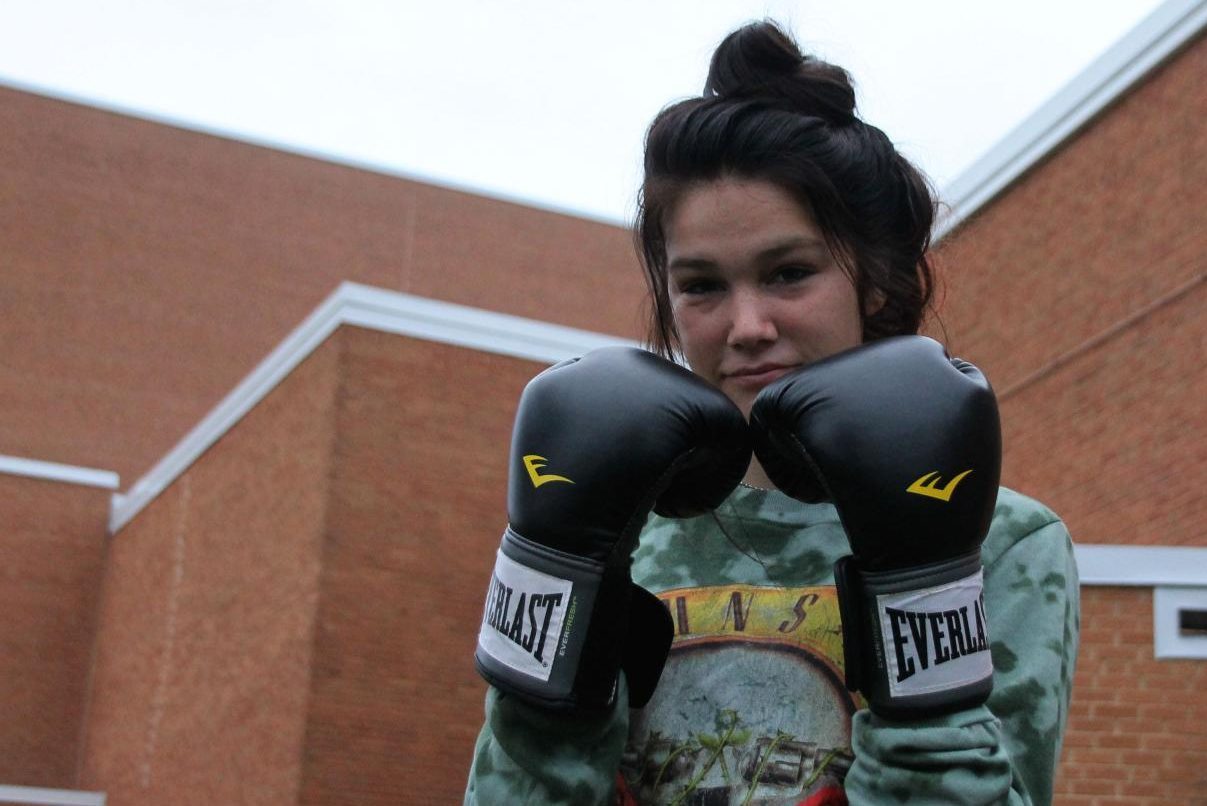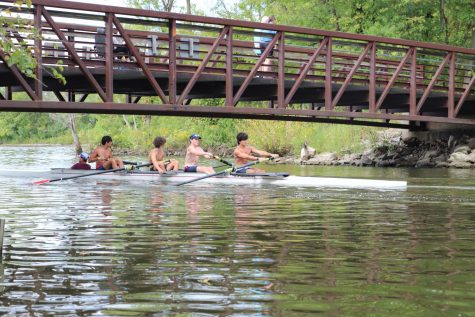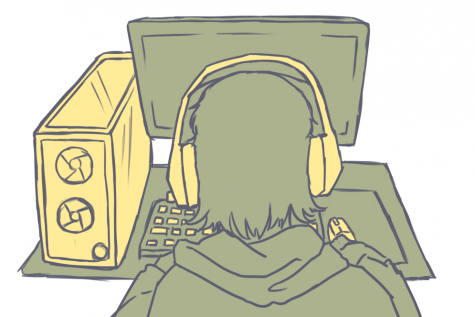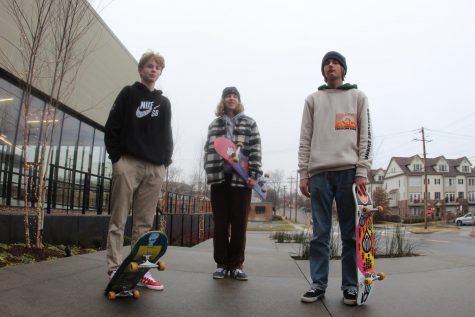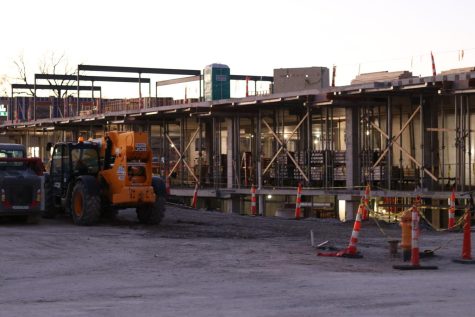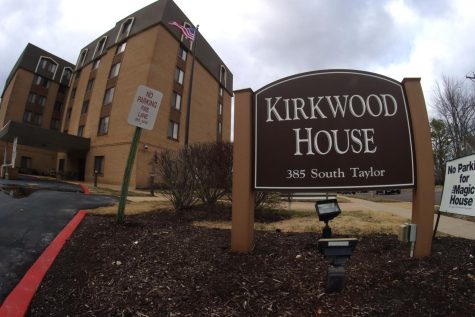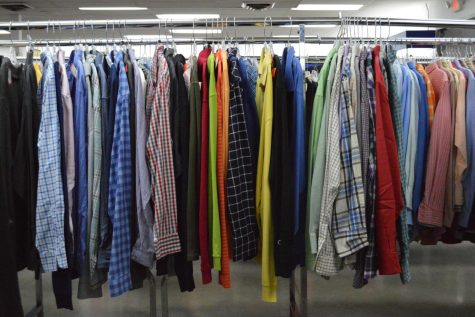The road to students’ rights
Most students in the US don’t have full First Amendment or press freedom rights on campus.
In 1965, in the middle of the Vietnam War, 13-year-old Mary Beth Tinker wore a black armband to school to mourn the lives lost on both sides of the war. The principal, learning of the students’ plans, created a school policy specifically banning armbands. Citing this rule, Tinker, along with her three siblings and another friend, were sent home and suspended. The students’ parents, along with the American Civil Liberties Union (ACLU), sued the school for suppressing the students’ free speech and therefore violating the First Amendment. The case went to the Supreme Court, culminating with the decision that neither students nor teachers “shed their constitutional rights to freedom of speech or expression at the schoolhouse gate.”
“Why would you want to discourage students from being civically engaged?” Tinker said. “The healthiest thing a student can do is graduate high school, so you want high school to be a place where students want to be and where they are able to express themselves and their opinions. Not getting put down and censored is very important to their success. You want to think about what is going to help students thrive.”
The Tinker v. Des Moines case was beneficial for free expression and student journalism throughout the country, and defined student press freedom for several decades. However, in 1987, another case related to students’ First Amendment rights made it to the Supreme Court, after a principal at Hazelwood East High School in St. Louis removed articles from the school’s newspaper without telling the newspaper staff. The students sued the school for violating their First Amendment rights, but the courts ultimately ruled in favor of the administration’s right to censor the students’ writing since the newspaper was sponsored by the school. The Hazelwood v. Kuhlmeier case essentially reversed the Tinker v. Des Moines decision when applied to student journalism and upheld school administrators’ right to review articles before publication by any school-sponsored media.
Although the Kuhlmeier case severely limited student press freedom for most of the country, several states have passed legislation overriding this case, and students in KSD still have complete press freedom. All publications at KHS have full First Amendment rights and are not prior-reviewed by administrators. While advisers contribute opinions and advice, all final decisions are left to student editors. However, at many other schools in St. Louis and across the country, students are not guaranteed such freedoms. While this may seem insignificant to some students, especially those disinterested in journalism, Tinker said free speech rights affect more than meets the eye.
“One of the first things I always think about with journalism and free speech rights is how it affects equality and equity,” Tinker said. “Many students feel disconnected from their rights. If you think about it as a question on your government test, it can feel very out there and abstract. But when it becomes relevant to you personally, like simply speaking up for yourself, that’s when it becomes localized. Free speech fuels controversy — you can’t have education without controversy, and you can’t have democracy without controversy.
The controversy over student press freedom didn’t end with the Kuhlmeier decision. Neither the Kuhlmeier nor Tinker case addressed how speech made outside of school could be dealt with by administrators. The rise of social media since these cases has complicated this fact. In 2017, a JV cheerleader in Mahanoy Area School District in Pennsylvania was kicked off of her team for posting an inappropriate statement on Snapchat complaining about not making varsity. The ACLU sued on behalf of the cheerleader, and in the summer of 2020 a federal appeals court ruled that “public schools cannot censor students’ off-campus speech based on a fear of disruption of school activities.” However, the school argued that in light of the COVID-19 pandemic and the transition to online school, the case should be reevaluated by the Supreme Court. Oral arguments for BL v. Mahanoy are expected to be heard this year, which could define how school administration can deal with student speech made outside of school.
In addition to this case, there are organizations working on the state level to protect students. The Student Press Law Center has been working to get states to pass New Voices laws, which would grant students their First Amendment rights. These laws have been passed by 14 states and are being considered by 11 more. The laws vary slightly state by state, but all essentially counteract the ramifications of the Hazelwood v. Kuhlmeier decision.
A New Voices law is sponsored by two representatives in the Missouri House of Representatives and was introduced in the House on Jan. 7, 2020. If passed, this law would give all students in Missouri the rights that students at KHS already possess.
“People love to say kids are the future, but you guys are the present,” Tinker said. “You’re here right now, having an influence right now.”
Your donation will support the student journalists of Kirkwood High School. Your contribution will allow us to purchase equipment and cover our annual website hosting costs.
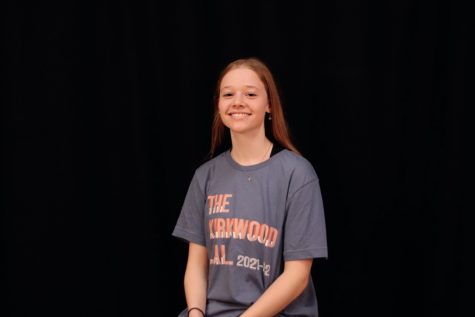
she/her
Hobbies and Interests: writing, reading, swimming, rowing
Favorite Song: The Adults Are Talking by The Strokes
Favorite Quote: “If people...
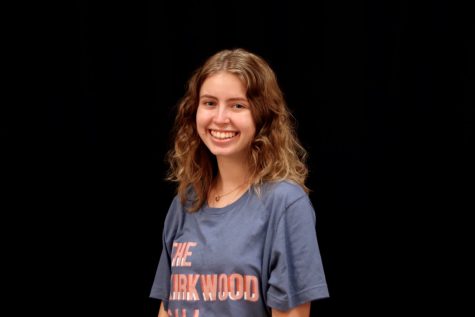
she/they
Hobbies and Interests: Music (especially songwriting), painting, nature, spending time with loved ones, stalking people on Spotify and taking...








